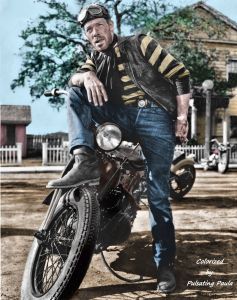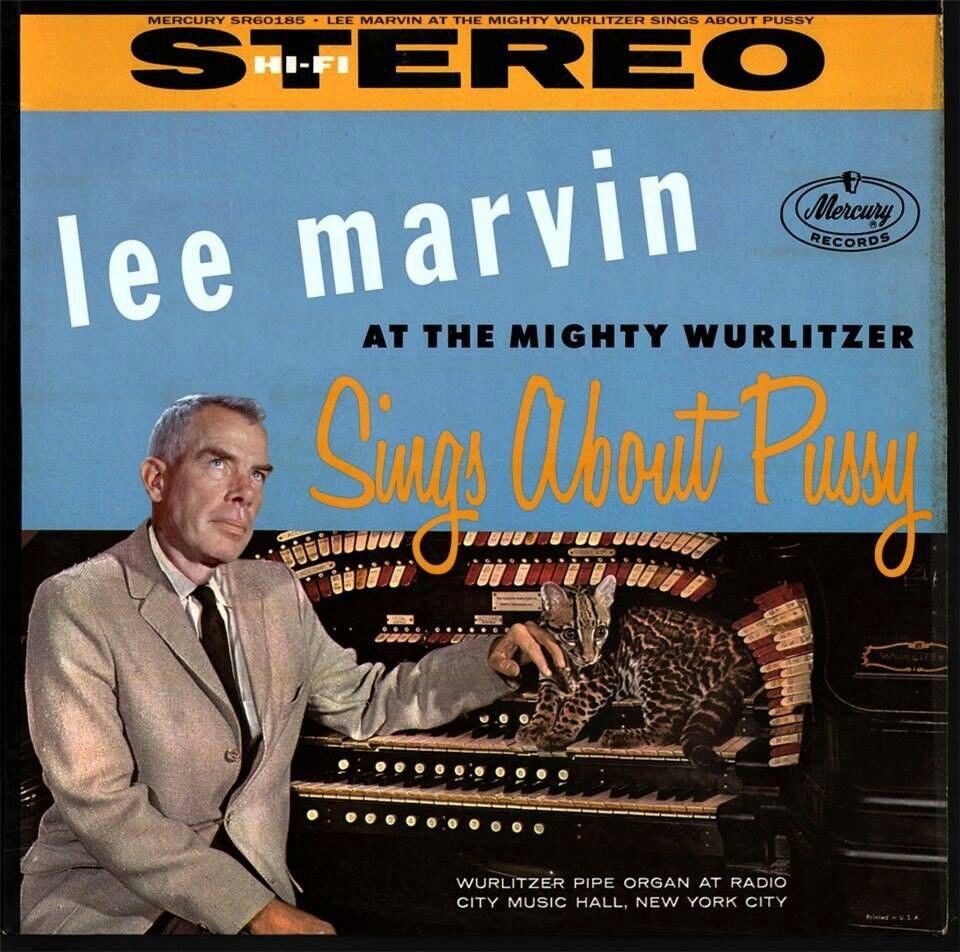
The supernatural, in drama, doesn’t necessarily mean the horrific. Such as is seen in the 1944 British film The Halfway House. It takes place in World War II Britain, in 1943, its setting a Welsh bed-and-breakfast off the beaten track. Descending on the inn—all on the same day—is a typically eclectic group of travelers: An orchestra conductor; an engaged couple; a married couple with a child; another married, older couple; a shady businessman; and a recently released convict. The characters are, if not original, at least interesting and engage our attention for the film’s 90-minute running time.

As do their typically eclectic problems: The conductor is terminally ill and would have to give up his art to gain a few more years of life; the engaged woman objects to her fiancé going to work for the enemy in Berlin during wartime; the younger couple are on the verge of divorce, to their young daughter’s distress; the older couple have grown bitter and apart after their son’s death in battle. Meanwhile, the businessman is engaged in war profiteering (hoarding food) and is attempting to persuade the ex-con to join his operation rather than for the latter to do the honorable thing and rejoin his regiment. Quite a busy set of issues that crowd the narrative, so maybe it’s no wonder the guests are all occupied with their own doings and with little else.


Which may be why it’s only gradually that people start to notice that the newspapers stacked on tables are a year old, that the radio plays only old news, and that the innkeeper and his daughter running the place cast no shadows in the sun nor reflections in mirrors…

I suppose for most viewers The Halfway House—in its subdued narrative, its proper British characters, its pronounced lack of gialloesque splotches of gore—would be too dull, too slow-moving, too old-fashioned and quaint for their tastes, as well as being devoid of shocks, blood, and jump scares. For me, it’s a relief to see a movie about a hostel where no one ends up mutilated, beheaded, blow-torched, chain-sawed, sliced, diced, or in general treated as a piece of meat. Indeed, characters in The Halfway House are exquisitely polite to each other; even the unscrupulous entrepreneur displays a level of courtesy and tact that would never be found, or understood, on social media. Thus even the devious have their little graces granted to them.

Yet that’s not to say that the story doesn’t have its horrors. The war is always close by; several characters are in the military (including the women) and will risk death once called up; and the film ends with a scene of a building strafed by enemy bombing that’s as sad, and as terrible, as we could imagine. The woman who’s lost her son to this war has sealed herself off from all feeling, isolating her husband in his own grief; he can respond to her sorrow with only sarcasm and anger. There’s also the conductor who must come to terms with his own grim fate; he’s not facing death in battle, but he knows he must face it all the same. The divorcing couple (both enlisted) are treated more comically in their constant sniping and in their daughter’s attempts to bring them together; but the private tears the girl weeps are never played for humor.


In short, the film’s horror is not grotesque, brutal, or bizarre, but is rooted in what was everyday life for a country at (a real) war. The plot may be contrived in how it brings together diverse characters and their narratives for a brief, concentrated spurt of time, but it’s a contrivance as old as The Canterbury Tales. And, while the film is not frightening—it won’t make you wary of out-of-the-way country inns—it has a pensive, contemplative quality; if not haunting, it’s wistful and melancholy. And it does something we don’t often see today—it looks at death, at its fact and inevitability, and its constant presence, without sensationalism but with a quiet clarity. One’s end of existence is not seen as an opportunity for artfully done blood splatter, but as a time to think about our lives, of how we choose to live what’s left of them, and of how to define who we are. Something, I dare say, that resonates on a level beyond surface scares.


I’m sure I haven’t persuaded anyone reading this post to seek out this film. I recommend it anyway, if for one feature, and that’s Mervyn Johns and Glynis Johns as the innkeeper and his daughter. The pair (father and daughter in real life) are lovely to watch; their affection for each other—conveyed more through a subtle congruence of feeling than by anything physical—can be sensed right through the screen. Mervyn Johns’s later movies also entangled him with the supernatural: He would star the next year in 1945’s Dead of Night, a film considered the acme of fright in its time, and then appear in another ghost story, as Bob Cratchit in 1951’s A Christmas Carol (AKA Scrooge, enacted indelibly by Alastair Sim). In The Halfway House his performance strikes a note of muted cheer and sympathy, a solid (seemingly) presence anchoring the other characters’ fractious lives. The kind of actor who, though so low-key onscreen, is the one you remember afterwards.

As for the delightful Glynis Johns, I’ve written about her several times (here, here, and here); she’s in her late 90s as of this writing (best wishes and more years to her!). But in The Halfway House the emphasis is more on gravity than delight. Her performance embodies a contradiction—a tangible sense of the spiritual, the eyes, voice, and expression so clear, warm, and calm, yet so delicately otherworldly. There’s nothing mawkish or sentimental in her acting; you sense in her character something removed from the hurly-burly of reality but touched by the profound. It’s a mature, wise performance, and considering Glynis Johns was only twenty-one at the time, a remarkable one. In everything I’ve seen this actress in, she’s been a revelation. See the film for her.

And if not for the Johns, then please see the film for itself. Just for the experience of watching a gentle, ghostly movie during the Scary Season, and then being able to say: That was nice…
Happy Halloween.

Bonus Clip: A charming feature in the film The Halfway House is its score by Lord Berners; its score (and it’s a real music score, not just a set of ominous chords) is by turns melodic, sprightly, plaintive, dramatic, eccentric–and, like the composer himself, quintessentially English (as is the film). Here’s an 18-minute suite of the film’s music:




